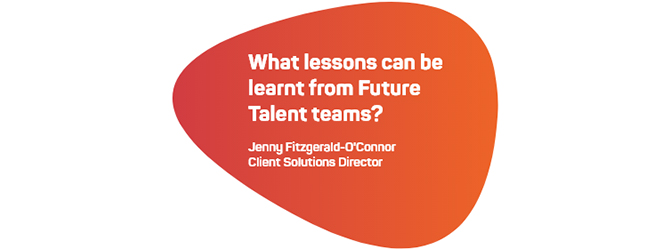The majority of Experienced Hire opportunities were posted on a selection of relevant job boards alongside the company website in the hope that enough applicants would put their names in the hat. It was a process which was open to subjectivity and bias, but which worked well when managing small numbers of applications. Only a handful of organisations had started to introduce a more holistic, immersive, objective and consistent recruitment process for their lateral hiring.
We are now operating in a very different world. As unemployment rises, huge numbers of people are applying for each opportunity, which in themselves are few and far between. The result – organisations are experiencing unprecedented volumes of applications. Assessing each one fairly and providing a first-class candidate experience is proving difficult. According to jobs website CV library, a single paralegal vacancy in August attracted 4,298 applications; typically, the recruiters would have expected no more than a handful. This is one example but there are many many more across all sectors and geographies.
Experienced hire recruiters are increasingly looking to Future Talent teams to better understand how to deal with high levels of applications. They need to feel confident and fully accountable to the decisions that they are making, and so processes need to be more scientific and robust. As experts in Future Talent recruitment for the past 20 years, we have some strong recommendations that we believe could be adopted by lateral hiring teams to support with some of these issues.
Intelligent Automation
From an ATS that underpins your whole process, to new and innovative technologies such as Virtual and fully immersive Assessment Centres, automation can help drive huge efficiencies and create a more positive candidate experience. Organisations who have successfully implemented the right technologies have reported happier candidates, fewer reneges and significant savings from a resource and budget perspective. It is important to highlight however, that the use of technology needs to be balanced and human interaction is still critical to the success of a robust recruitment process.
Innovative Assessment
The use of immersive, blended, and un-biased assessment tools will add huge value to your process. You should look for tools that simulate a real working environment, that are scientific in their approach, with diversity at their core. Allowing the candidate to feel valued, to understand what they are being assessed against and how the information is being used will not only lead to a more positive candidate experience but also enable the best hiring decisions to be made. Use of these tools can help automatically sift out up to 80% of applications, leaving recruiters, hiring managers and business leaders time to focus on assessing the more appropriate candidates for the role.
Meaningful candidate experience
Feedback is always a challenge, especially when you are managing a large number of applications. It’s important to be clear from the start and manage expectations so candidates feel they are being treated with respect. Whilst it’s not always possible to feedback to every applicant (especially if they are rejected at initial stages) using an assessment product with functionality to deliver automated, personalised and development feedback, against the criteria of the role, will help those who don’t progress understand why and give them advice for future opportunities.
We would be delighted to share some client case studies with you where not only has efficiency and effectiveness been transformed, virtually overnight, but the candidate experience is immeasurably better – a very important consideration when there are so many capable candidates applying for every role.






